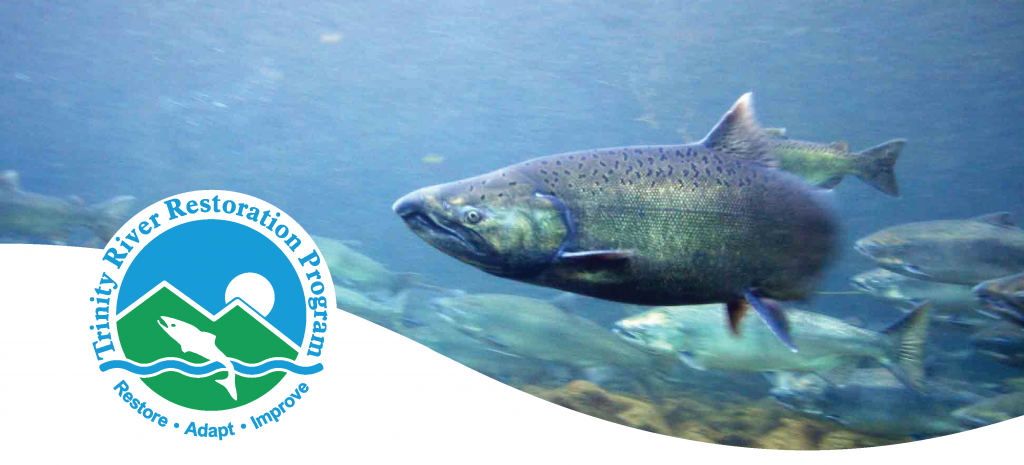
River Riffle Newsletter – May
Contents
- TRRP adopts a new Science Plan
- Implementation Update – Oregon Gulch Restoration Project
- Watershed Grantee Updates and Accomplishments
- Upcoming Meetings and Events
Important Links
- May 1: Congressman Huffman Town Hall Recording
- May 16: Trinity County Board of Supervisors Presentation
Science Plan
This spring we formally adopted a new Science Plan to guide adaptive management of our restoration actions. The plan gives a very readable overview of how the river works and what we have learned since the TRRP’s foundational hypotheses were developed. This figure below is one of the highlights – it is an incredibly detailed snapshot of river processes through the seasons. Check out the full Science Plan by clicking here.
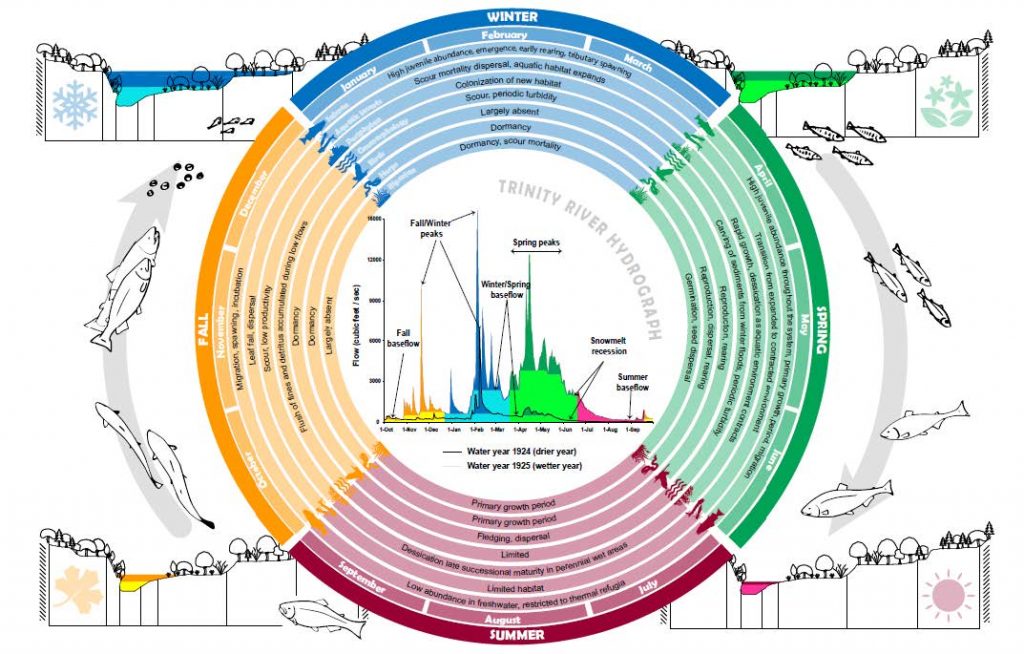
Oregon Gulch Restoration Project
The Program’s current restoration project at Oregon Gulch is situated between Weaverville and Junction City, two miles upstream from the Dutch Creek bridge. Here are some highlights from the past 8 months of restoration at this site. If you’d like to read a longer update, please click here.
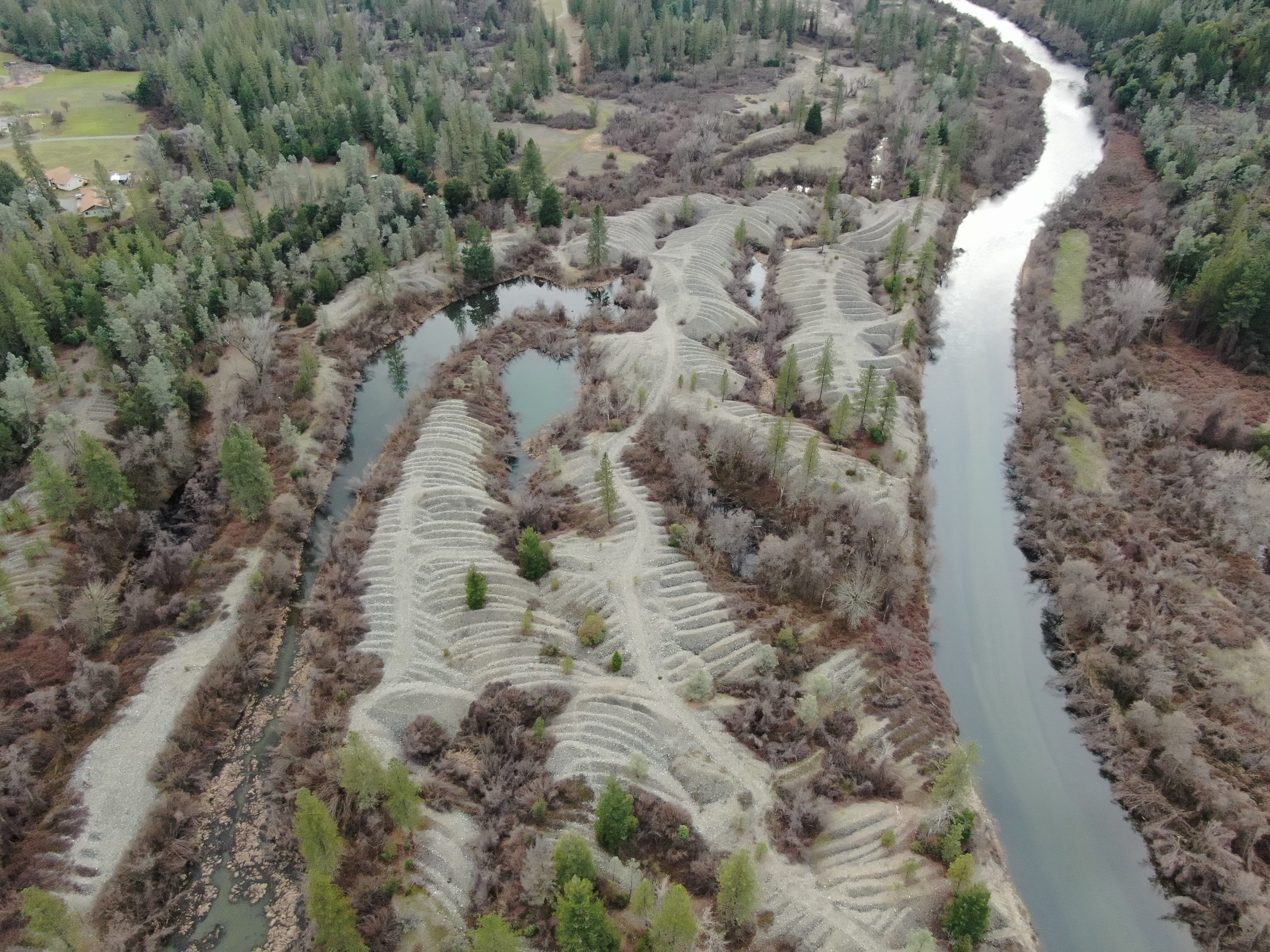
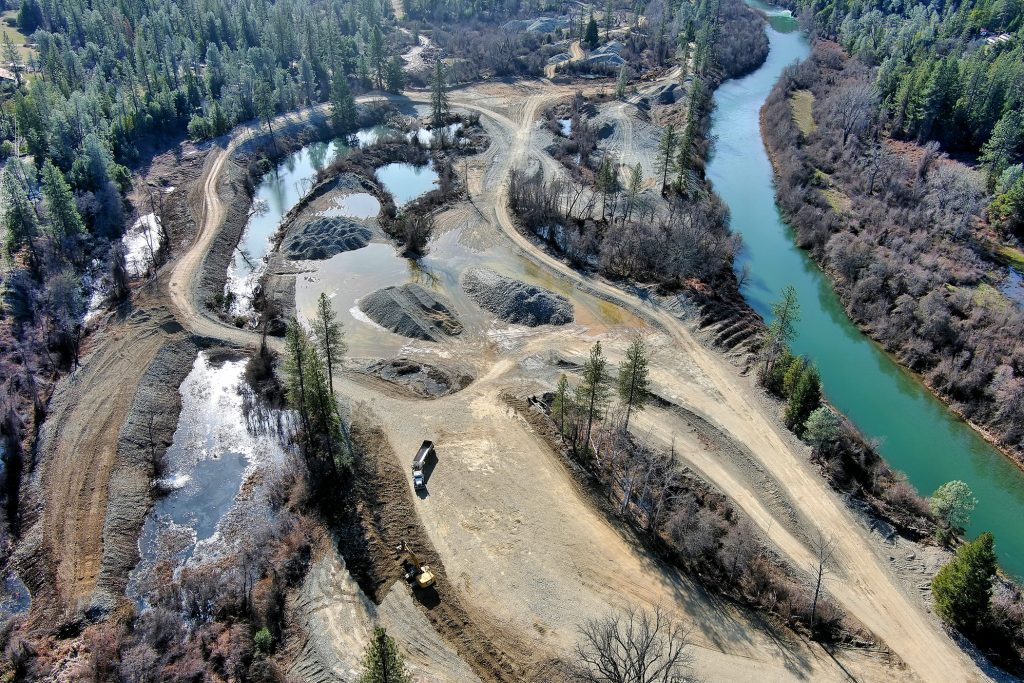
- This area was the largest source of floodplain habitat upriver of the Hoopa Valley and downriver from the (now flooded) Trinity and Lewiston Reservoirs.
- During the latter end of the gold mining era, large-scale hydraulic and dredge operations piled rock tailings 25ft to 35ft above the river’s bank and flood plain. The piles ended up occupying up to 75% of the valley’s width and through time have eliminated the river’s ability to push waters during high flows through most of the low-lying topography.
- The TRRP and its partners have engineered a design to remove the leftover piles of rocky debris and encourage the river in accessing floodplain habitat via mechanical rehabilitation. The design calls for nearly 500,000 cubic yards of excavated material to be removed, which would fill 208 Olympic size swimming pools!
- Overall, the project proposes to create up to 1,000 times the amount of juvenile rearing habitat for small salmon at the site than presently exists. This largescale addition of nursery habitat will help increase the size and number of young salmon and steelhead that leave Trinity River on their way to the ocean.
- The project excavation began in August 2022 with the Yurok Tribe, Hoopa Valley Tribe and several sub-contractors who have been steadily working 5 days a week. By the end of 2022, nearly 50% of the total off haul from the site had been completed.
- Phase I of the Oregon Gulch Restoration Project resumes operation the week of May 15. If you live on or near Goose Ranch Road expect to hear trucks during business hours. Excavation will continue until complete, estimated to be early to mid summer. Phase II in-river work will begin on July 17.
Watershed Grantee Funding & Accomplishments
The Program awarded $809,307 in fiscal year 2022 to three projects within the Trinity watershed. The grantees put forward $264,870 in matching funds for a total conservation impact of $1,074,177. Scroll below to read a brief description of each project.
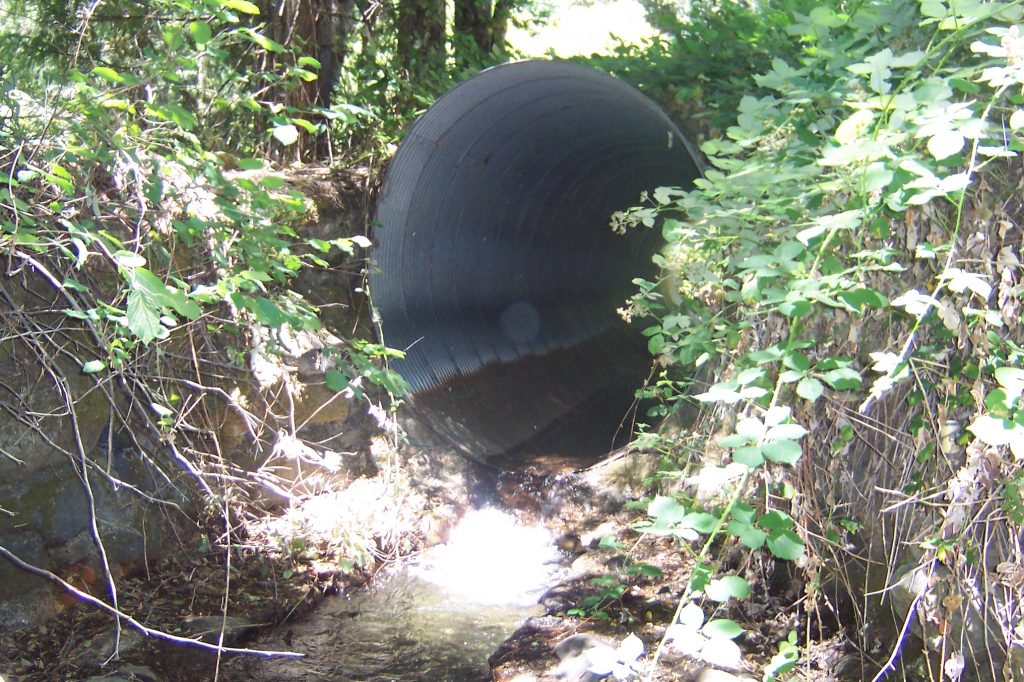
Northwest California Resource Conservation & Development Council was funded $265,582.08 for the “East Branch East Weaver Creek Barrier Removal” project. The project will replace the culvert in the photo with a road crossing with an arch culvert at a USFS campground and community trail system to open a migration pathway for anadromous fish. The project will restore access to 1.2 miles of habitat to all life states of salmonid species in the Trinity River watershed
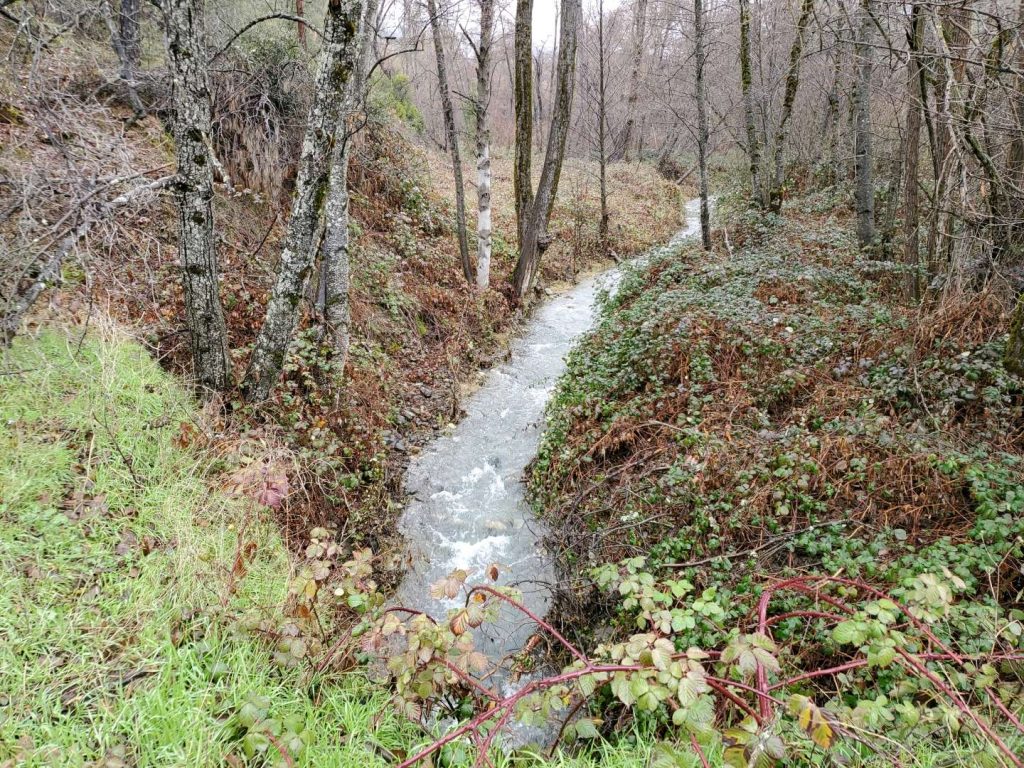
The Yurok Tribe was funded $104,182.67 for “Oregon Gulch Culvert Replacement” in FY22. Replacing the Oregon Gulch culvert that runs under Sky Ranch Road in Junction City will open over five miles of suitable salmonid spawning and rearing habitat. Funding will assist the Tribe in completing 90% design plans, coordinate with regulatory and conservation agencies, and obtain environmental approvals to proceed with the replacement.
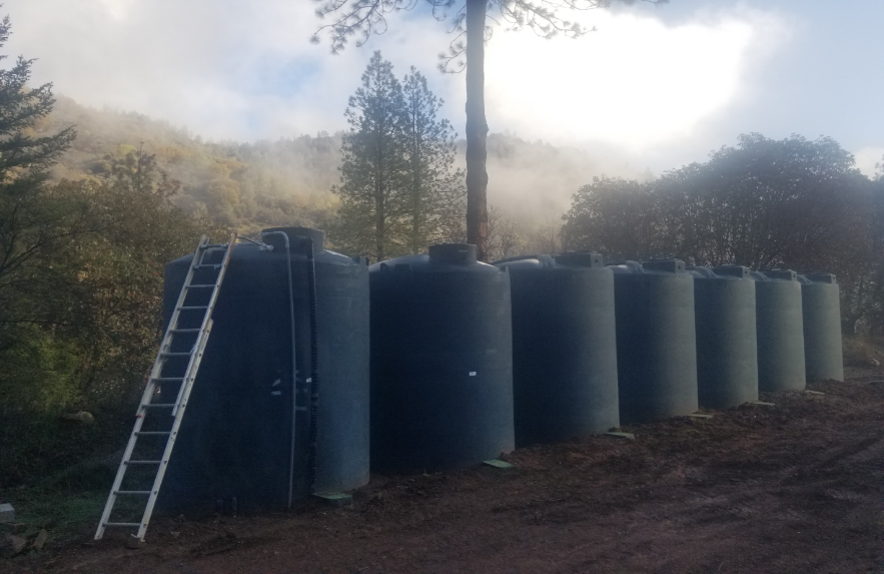
The Watershed Research and Training Center was awarded $439,542.39 in FY22 for “Resiliency in the Greater Trinity River Watershed”. This local organization is tasked to plan and implement four storage tank arrays and establish long-term forbearance agreements to reduce annual water withdrawals from key tributaries to the Trinity River during the summer low-flow period. The project will increase the quality and quantity of natural temporal habitats crucial to the survival of anadromous fishes and aquatic organisms in the Trinity River Watershed.
In addition to the three new watershed projects mentioned above, three projects that were granted Program funding were completed in 2022. Read below for each of these project accomplishments and updates.
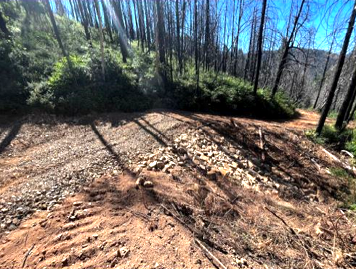
Within the Tunnel Gulch Watershed, Five Counties Salmonid Conservation Program identified a sediment reduction area within the Carr Fire footprint near Deadwood Creek and was awarded watershed grant funding from the Program to mitigate sediment run-off that was occurring from an unmanaged road. Crews rocked 9 stream crossings and critical dips within the road and installed an additional 24 rolling dips which provide adequate drainage for the road length.
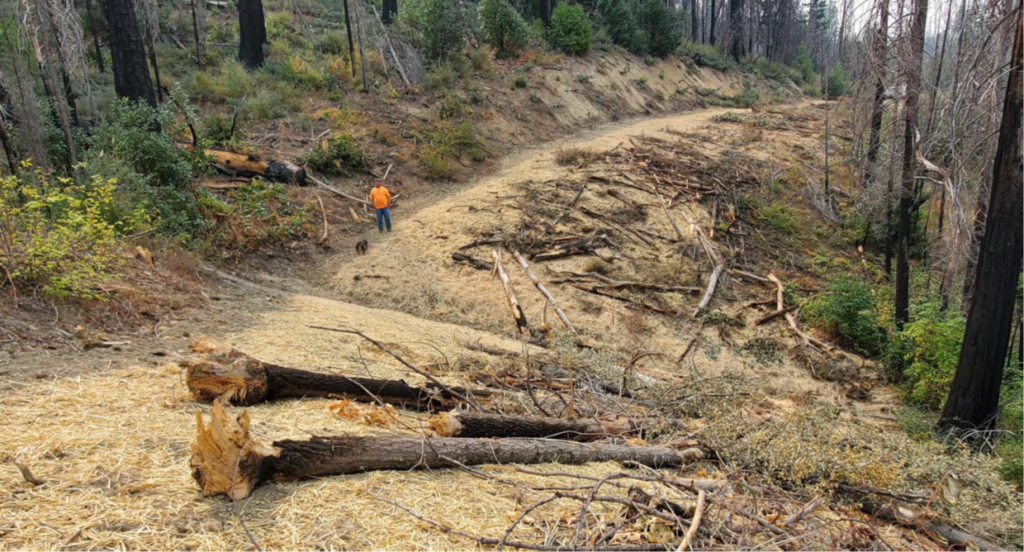
Roads have long been identified as the greatest source of controllable fine sediment delivery to river systems effecting anadromous fisheries of the Trinity watershed. Trinity County RCD completed two road decommissioning projects granted by the Program in 2022. The Southfork & Mainstem Trinity River Road Decommissioning Project near Hyampom, CA included deconstruction of two roads, botany and wildlife surveys, and revegetation of trees and riparian vegetation which will discourage sediment transport and erosion into the South Fork and Mainstem Trinity River.
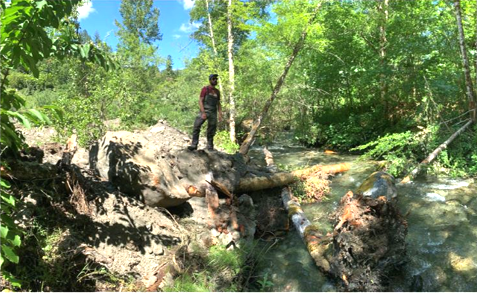
The Supply Creek berm removal project was a 2020 TRRP watershed grant awarded to the Hoopa Valley Tribal Fisheries department to restore habitat for salmonid species in Supply Creek. The project, located in downtown Hoopa, CA near the elementary school, increased tributary habitat for Chinook and steelhead salmon by removing an 8,000 cubic-foot man-made berm that sat in the center of the creek’s floodplain. Additionally, crews used engineered plans from McBain and Associates to cut 70 meters of new channel to split the creek’s flow. Post channel enhancement, rock and log jam wood features were placed to encourage 35% of the flow to move into the side channel. After construction was complete, revegetation crews went out to placed cluster plantings of native species such as Arroyo Willow, Red Willow, and Cottonwood.
Upcoming Meetings & Events
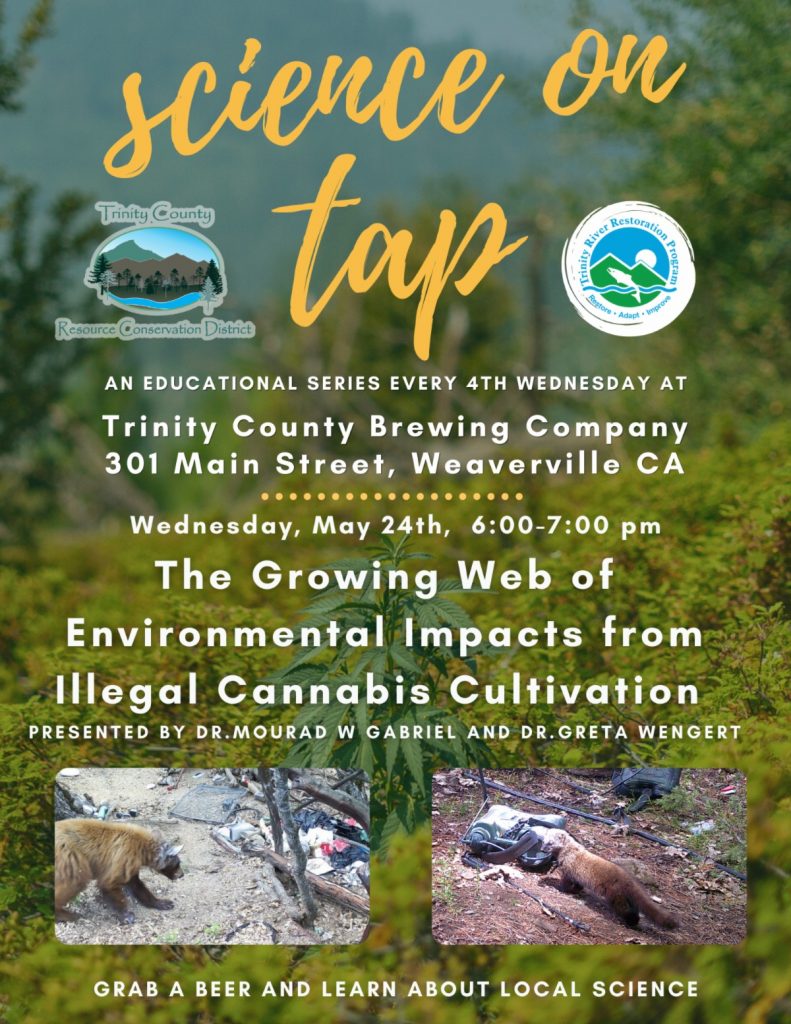
May 24, 6pm – Science on Tap
Trinity County Brewing Company
Dr. Greta Wengert, Executive Director of Integral Ecology Research Center and Dr. Mourad W. Gabriel, Trespass Cultivation Ecology, Safety & Reclamation Program Manager & Regional Wildlife Ecologist in the US Forest Service Pacific Southwest Region Law Enforcement and Investigations Division, present “The Growing Web of Environmental Impacts from Illegal Cannabis Cultivation.” This presentation will explore the detrimental impacts of illegal cannabis cultivation on a range of factors, including wildlife communities, abiotic natural resources, and the health of the environment as a whole.
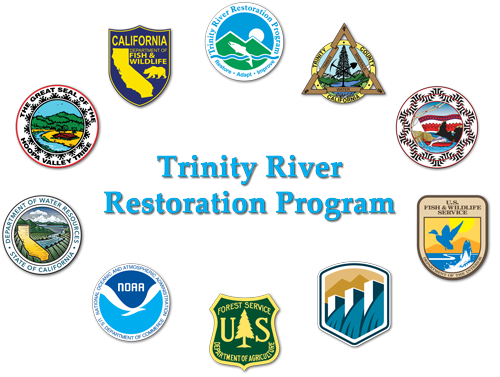
June 7-8, All Day – Quarterly TMC Meeting
In Person: Blue Lake Casino, Blue Lake, CA.
Virtual: Teams meeting call-in info on the agenda.
Click here to join the meeting
Meeting ID: 223 229 578 287
Passcode: JJdXwi
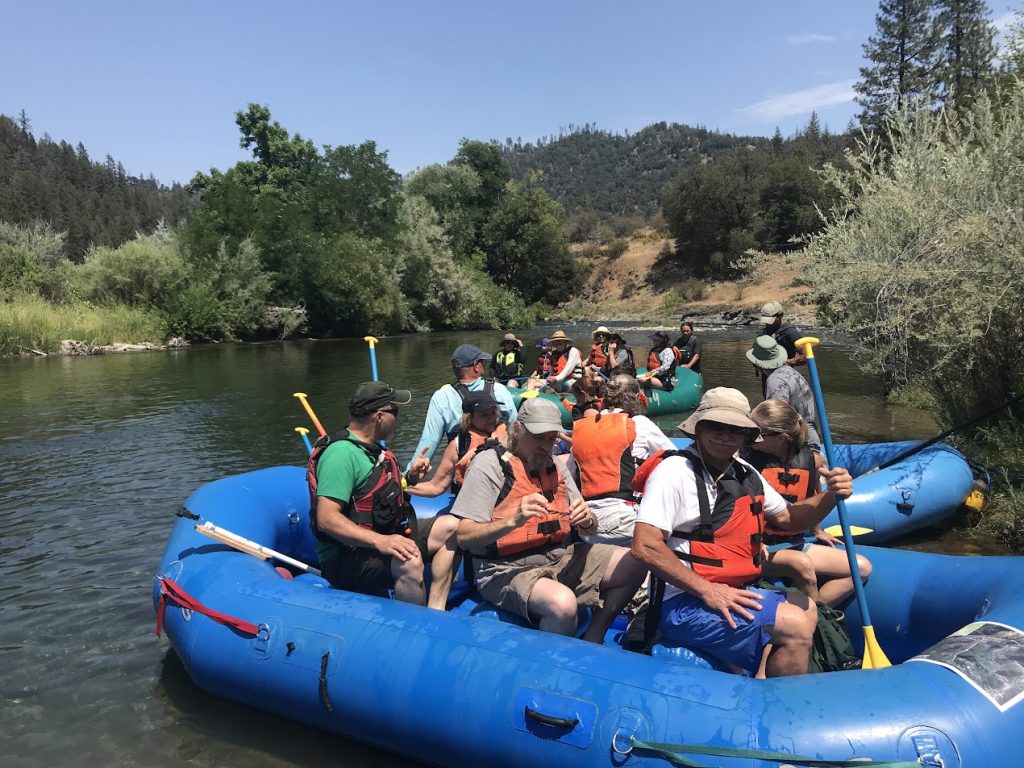
June 24 – Trinity River Float
Mark your calendars! June 24 is the date for our annual public float and this year we’ll be floating a section in Junction City. This event is a highlight every year and is produced in conjunction with the Trinity County RCD and Trinity River Rafting. Look out for sign up announcements via the TCRCD Facebook Page.
Contact Us
Call Us: 530-623-1800 Email Us: info@trrp.net
